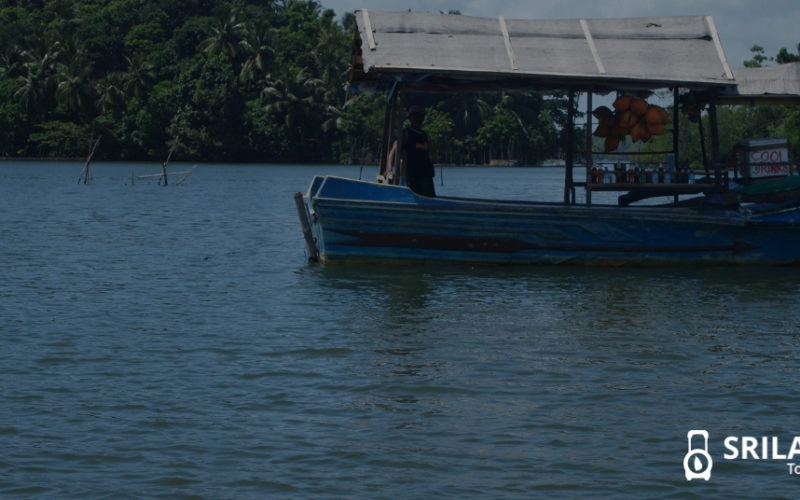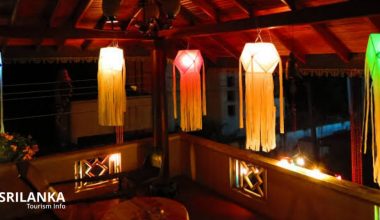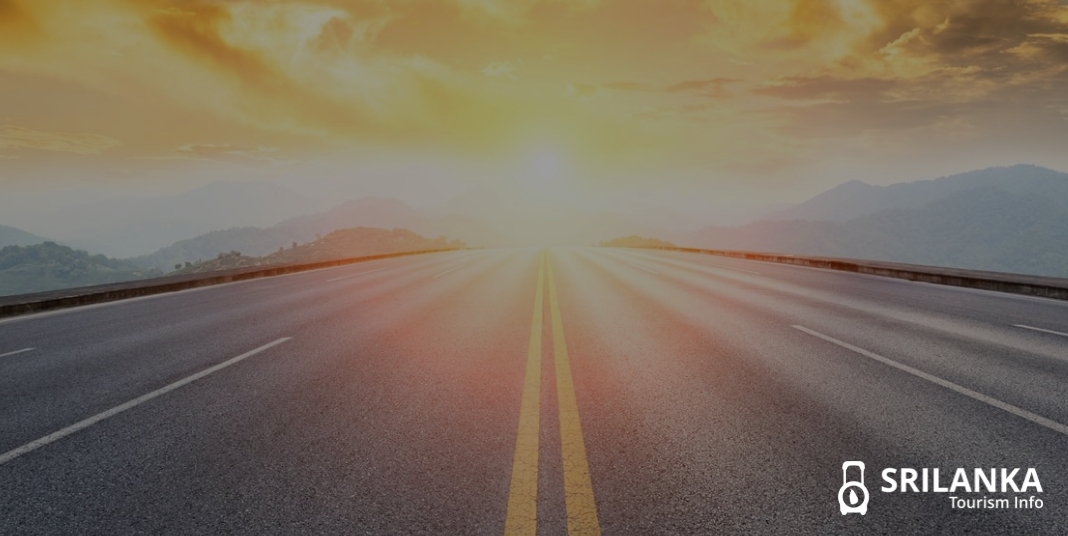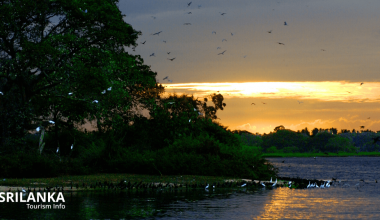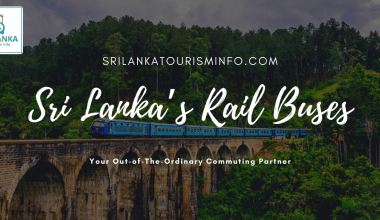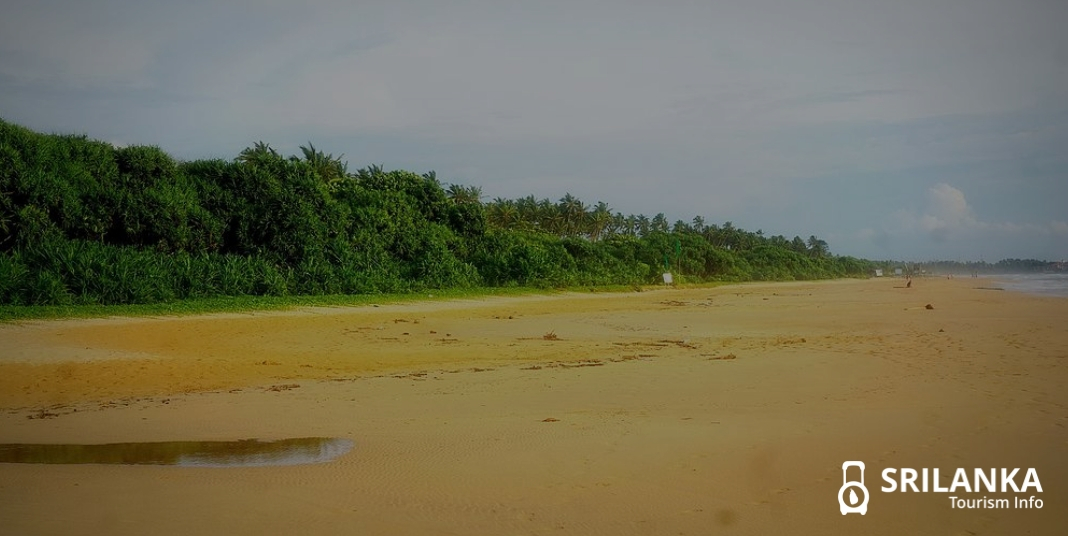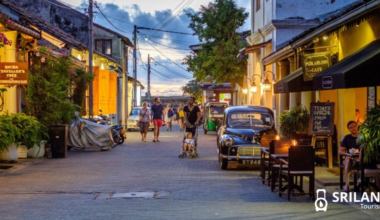Sri Lanka is one island that has been blessed with nature’s bounty. While it’s the best place to enjoy the sun, sand, and sea, it’s also worth visiting to explore the dense and magnificent green cover that envelopes the island.
Most tourists tend to holiday in the Southern region of Sri Lanka. Top tourist spots include Hikkaduwa, Galle, Unawatuna, and Mirissa.
No matter where you’re staying, take a break from the beach and bar hopping to visit the Madu River Safari. This promising day excursion is worth a visit. With so much to see and do, you’ll not want the safari to end.
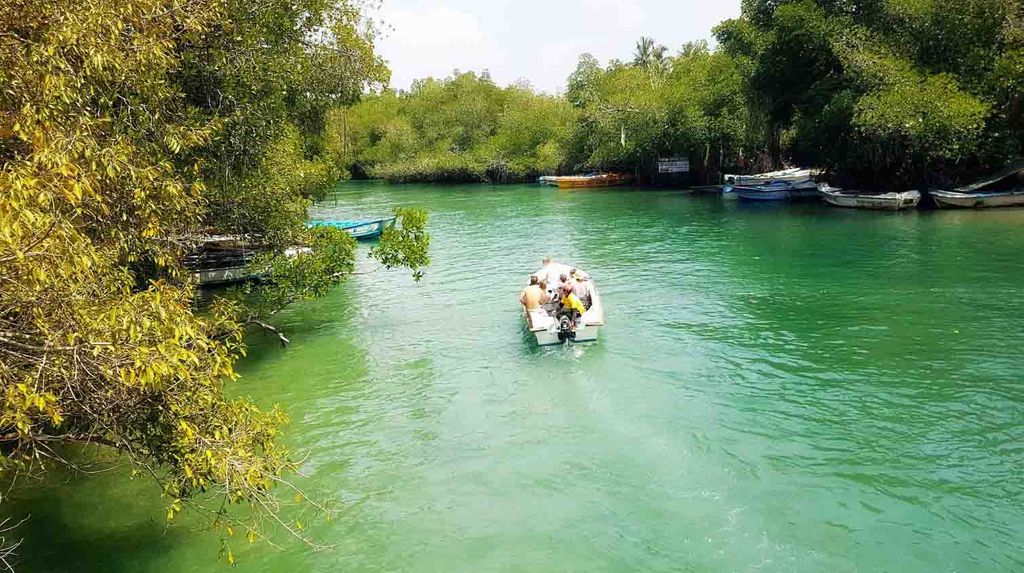
Whether you’re a nature enthusiast or wildlife aficionado, the emerald green pastures and swampy marshlands of the Madu Ganga River is a sight to sore eyes.
Overview
Madu Ganga is the second biggest wetland in Sri Lanka. The estuary is spread over 900 hectares of which 770 hectares are covered with water and is inhabited with 64 islands of which 15 islands have a larger landmass. Abundantly rich in biodiversity, in the area surrounding the Madu River you’ll find swampy marshlands covered in mangrove forests. It is also home to 300 species of plants and about 250 wildlife species.
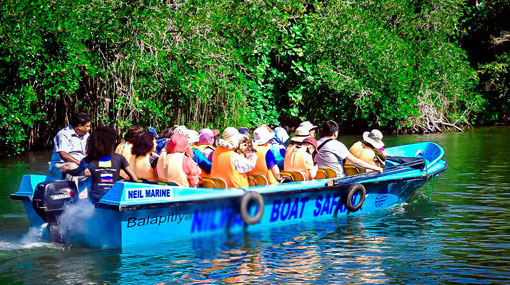
While it’s recognized for its fantastic birding territory, it’s also the riverine vegetation in the unique setting that beckons people from near and far. Madu River is also the only Ramsar wetland in the country.
Also Read: Know everything about Bentota Beach in Sri Lanka
How to Get There?
Madu River is one of the most important ecosystems in Sri Lanka. It is located south of Bentota and is about 100 kilometers from Colombo. If you’re coming from Colombo, we’d recommend you take the Galle-Colombo main road.
Madu Ganga River is situated in Balapitiya, along the country’s southern coast. The complicated network of lagoons and off-shoots open up into the Indian Ocean.
If you’re planning the day excursion from Hikkaduwa, it will take about 45 minutes while from Galle, it is about an hour’s drive. With azure blue water views, the drive to the starting point of the safari is extremely scenic.
Package Inclusions
Several boat companies offer special packages to large groups for the Madu Ganga River Safari. While you could always ask your resort to organize the tour for you, the other option is to go yourself and find a boat company in Balapitiya. They are mostly located along the river bank at the edge of Balapitiya town. It’s the best way to get a good deal and bargain as you walk along.
If you’re a group of four or six people, you get to rent the entire boat while smaller groups will have to pay per passenger.
Highlights of the Safari
- Exciting boat safari
- Chance to visit the mangroves
- Visit to the old Buddhist Temple
- Up-close to the marshland wildlife
- Possibility to purchase top-quality fresh cinnamon
- Visit to the outdoor fish massage parlor
The whole cruise of 1.5 hours costs US $15 per head. It includes entrance tickets to the Cinnamon Island as well as the Buddhist Temple. However, the fish spa is not included in the package and can be enjoyed at an additional fee of US $5.
Biodiversity of Madu River/Madu Ganga
The minute the Madu Riverboat safari begins, you’ll start traversing into dark and dangerous caverns formed by thick mangrove forests. It provides protection to a large number of aquatic birds, animal and plant species. It is inhabited by 247 animal species, 11 migrant bird species, 70 fish species, 50 species of butterfly and many numbers of other creatures. Get a chance to see crocodiles, water snakes, tree snakes, and wild boars in their natural habitat. You’ll also find a whole lot of crabs, shrimps, insects, fish, and amphibians.
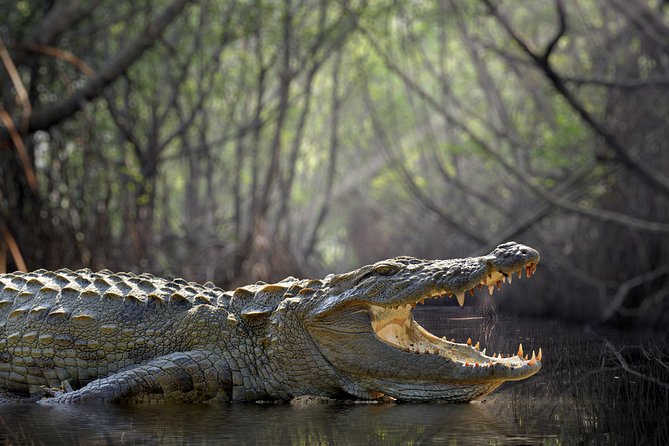
You’ll also sight a Kingfisher waiting for its prey, gigantic chameleons and monkeys nibbling fruits. There are also cormorants found in abundance which prey on fishes in the river. For avid bird watchers, the mangrove forests are literally a dream come true.
The daily occurring high and low tide keeps the salinity of the water in Madu Ganga under control. It also helps in maintaining a suitable ecosystem for mangrove vegetation.
Also Read: Why you must experience Sri Lanka at least once in your lifetime?
First Stop: Cinnamon Island
As mentioned earlier, the Madu River is home to many small islands and islets. One island where the motorboat halts at is the Cinnamon Island. It is said that the primary source of income for the locals of the Madu Ganga region is the cinnamon industry.
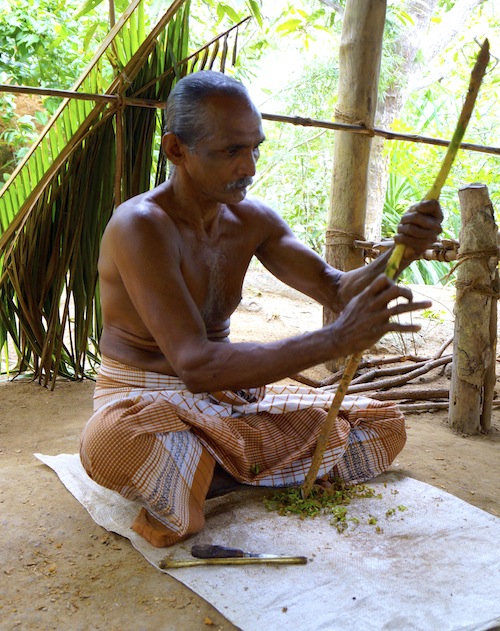
At first sight, you may wonder what’s there to see in this barren island. Look closer, and you’ll find a home where just one family resides. The owner of the house is an elderly man that springs up into action the minute a tourist group arrives. A man of great skill in every sense, it’s heart-warming to see him demonstrate the process of producing cinnamon bark which involves de-barking the branches and air-drying them on the roof. Besides the demonstration, you will also get to see how the cinnamon bark looks before hardening and turning brown.
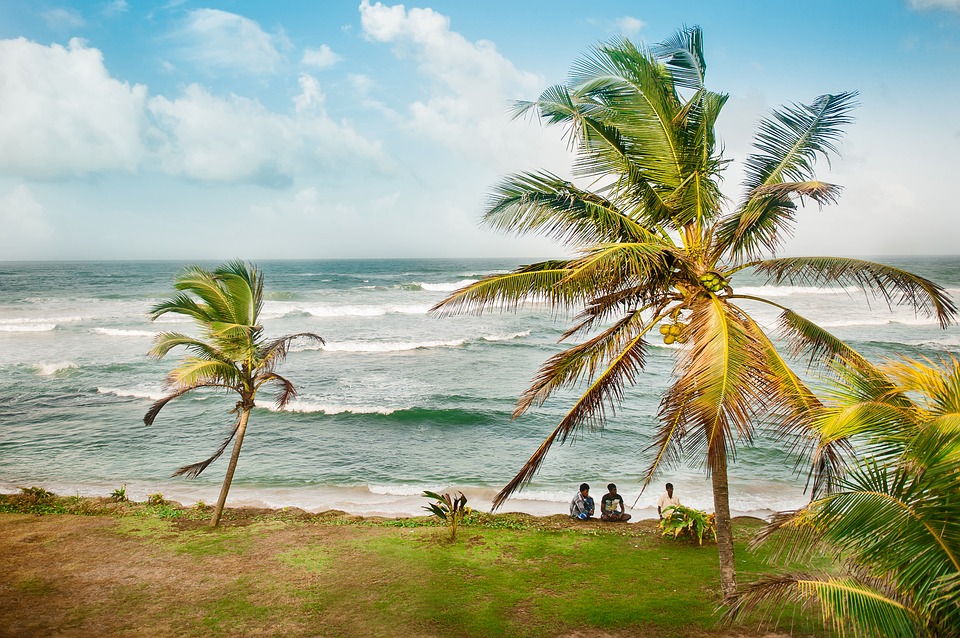
You’ll also get to learn how ropes are made from coconut husk. Once the demonstration process is over, you will be served cinnamon tea, which is free of cost. At the end of the tour, you can buy the products made by the old man, which include cinnamon bark, cinnamon powder, and cinnamon oil. Each packet costs US $5. Though there’s no compulsion to purchase any of the products, we’d urge you to make some contribution. Since it’s their only source of a living, they expect tourists to help them. For the people living there, boat or ferry is the only mode of transport.
If you walk around the 200-meter small island, you’ll find several cinnamon plantations and coconut palms that are grown as a supplementary crop.
Second Stop: Buddhist Monastery
One of the larger inhabited islands in Madu Ganga is ‘Koth Duwa’ that houses the Buddhist Temple that dates back to the oldest kings of Sri Lanka. It’s usually the second stop in the Madu River Safari. The monastery comprises of many buildings and thus covers the entire island. The noteworthy places in the temple are Bo-tree, Image house, and Dagoba.
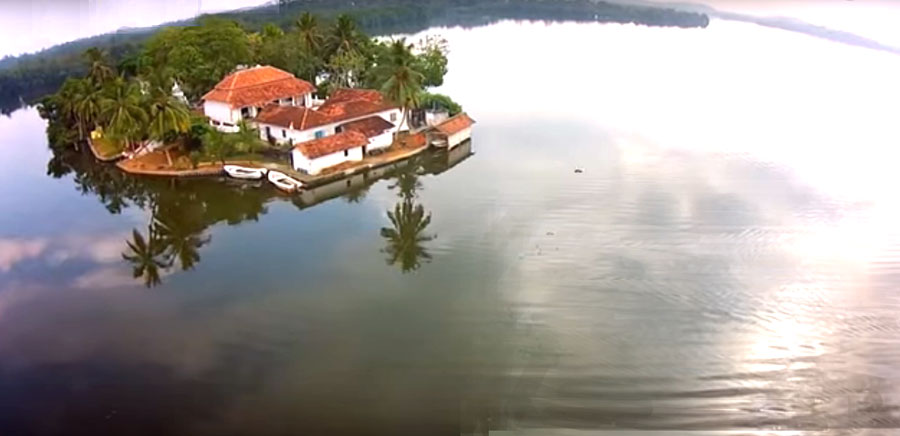
Visitors, locals, and tourists are allowed to go inside the temple. However, at the entrance, it is mandatory to remove your shoes and hat/cap. For those with skimpy attire, the monks will give you a piece of cloth to cover your arms and legs. If you have a Buddha tattoo anyway on your body, make sure you cover it.
The Kothduwa Temple is also said to be home to the sacred relic of the tooth of the Buddha. You’ll also find a sacred fig tree. After admiring the beauty of the monastery, the young monks will show you a 150-year-old book made of palm leaves and will take you to seek the blessings of the main Buddhist priest. Here, a sacred thread will be tied on your wrist, which symbolizes protection. If you wish, you can make a small contribution to their donation box before you leave for the next island.
Third Stop: Fish Therapy
Ever imagined what a fish spa in the midst of the river seems like? Well, fish therapy at Madu Ganga will literally sweep you off your feet. Sailing through the mangroves, you’ll encounter several rectangular fish tanks teaming with Gourami fish. The primary purpose of these fish tanks is to provide fish therapy. Unlike many other fish spas that are enclosed, this one’s in the open and comes at a fraction of the cost.
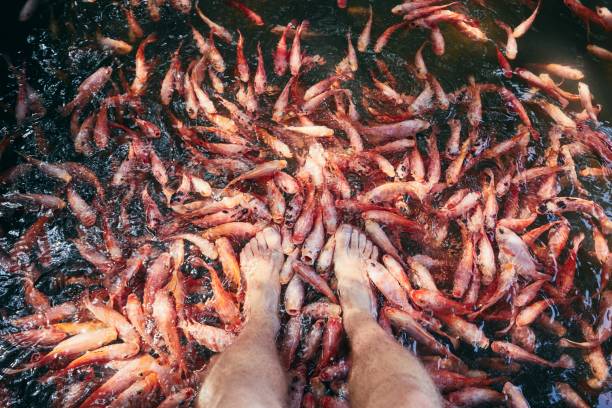
The natural environment around the fish spa is fantastic, and you get uninterrupted, scenic views of the vast mangrove forests. The fish spa ticket is usually not included in the package, and thus you’ll have to purchase it at the site. It costs about US$5 per head. Even though you’re not familiar with fish spa guidelines, getting a massage here is relatively safe. At first, you may feel ticklish as the several fish chew away the dead skin on your feet. However, you’ll soon get used to it. Most fish spas in the Madu River Safari last for 20 minutes.
A day excursion to Madu River is undoubtedly going to be a memorable one. The wetland is not just the only natural attraction in the region but also an important income generator for the people living in the area.
The Madu River Safari is educational, refreshing, and therapeutic at the same time. It is also rated among the ten amazing things to do in Sri Lanka.
Found this blog useful? Like, comment and share!
Images Source: Google

